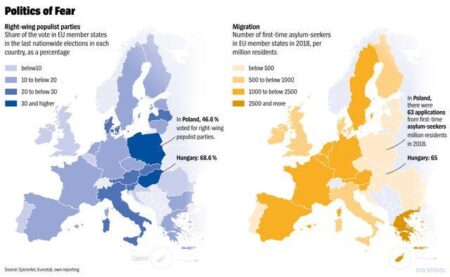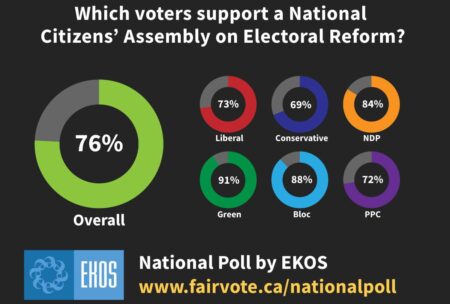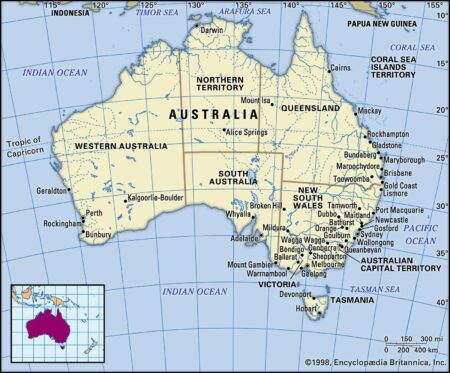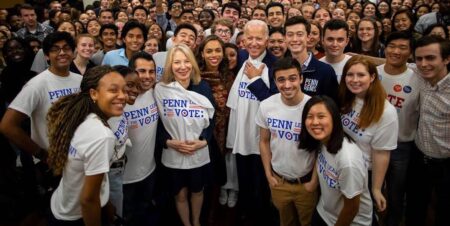In rural Spain, growing frustration with strict climate regulations is fueling a wave of support for far-right parties. Many voters blame environmental policies for their economic hardships, dramatically reshaping the political landscape as the upcoming elections draw near
Browsing: voter behavior
Far-right populist parties have surged to the top of the polls in Germany, France, and Britain for the very first time, signaling a dramatic transformation in Europe’s political landscape, NBC News reports
Populist right-wing parties are surging in polls across Europe’s largest economies, signaling a dramatic shift in voter sentiment. This rising wave is igniting fierce debates about the future direction of the EU’s political landscape
Japan’s once-unshakable ruling party faced a shocking defeat in recent elections, as voters decisively swung to the right, signaling a dramatic turning point in the nation’s political landscape. Experts warn this shift could reshape policy and governance in profound and lasting ways
With the 2024 election on the horizon, swing states such as Arizona, Georgia, and Wisconsin are capturing national attention. These states are not just battlegrounds; they embody a dynamic shift in demographics and political affiliations. A closer look at voting trends unveils a fascinating transformation in areas once firmly red or blue, sparking intriguing questions about their evolving influence in the landscape of American politics.
In the recent Australia federal election, Peter Dutton encountered a major setback, as he lost crucial constituencies in his traditional stronghold. This unexpected shift highlights evolving voter sentiments and presents new challenges for the opposition leader as he navigates his future strategies.
In Dickson, Peter Dutton’s election campaign took a nosedive, perfectly illustrating the Peter Principle—where leaders ascend only to reveal their shortcomings. A series of missteps and growing public discontent laid bare vulnerabilities that transformed once-loyal voter support into deep-seated skepticism, putting his political future in serious jeopardy.
As Canadians prepare to cast their votes, recent surveys unveil a dynamic shift in public sentiment regarding crucial issues. There’s an increasing focus on climate change and healthcare, signaling what could be a pivotal moment for voters. Analysts warn that these changing priorities may significantly alter the political landscape as we approach election day.
The Alternative for Germany (AfD) has surged to prominence, becoming the country’s most popular party amid rising concerns over immigration and economic instability. Analysts attribute this momentum to a growing discontent with traditional political parties and their handling of pressing issues.
As Australia prepares for its next federal election, the process of selecting a prime minister will revolve around voter sentiment, party leadership contests, and key issues like climate change and the economy, shaping the nation’s political landscape for years to come.
The recent German election has stirred political dynamics, revealing key trends: increased voter fragmentation, the rise of green policies, diminished support for traditional parties, a focus on climate action, and the enduring power of coalition governance.
The recent German election has exposed deep-seated divisions within the country, as parties grapple with issues like immigration and climate policy. Analysts warn that these rifts could redefine German politics and challenge coalition stability moving forward.
In a striking turn of events, a far-right party in Germany has recorded unprecedented support in the recent elections, reflecting shifting political sentiments. Analysts are examining the implications for the nation’s political landscape and societal cohesion.
Young voters in Germany are increasingly turning to the far-right Alternative for Germany (AfD) party, driven by concerns over immigration, economic instability, and climate change. This shift marks a significant change in the political landscape, challenging traditional parties.













